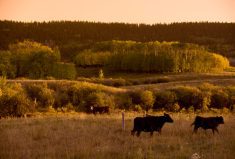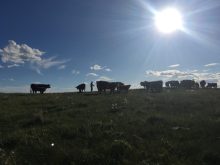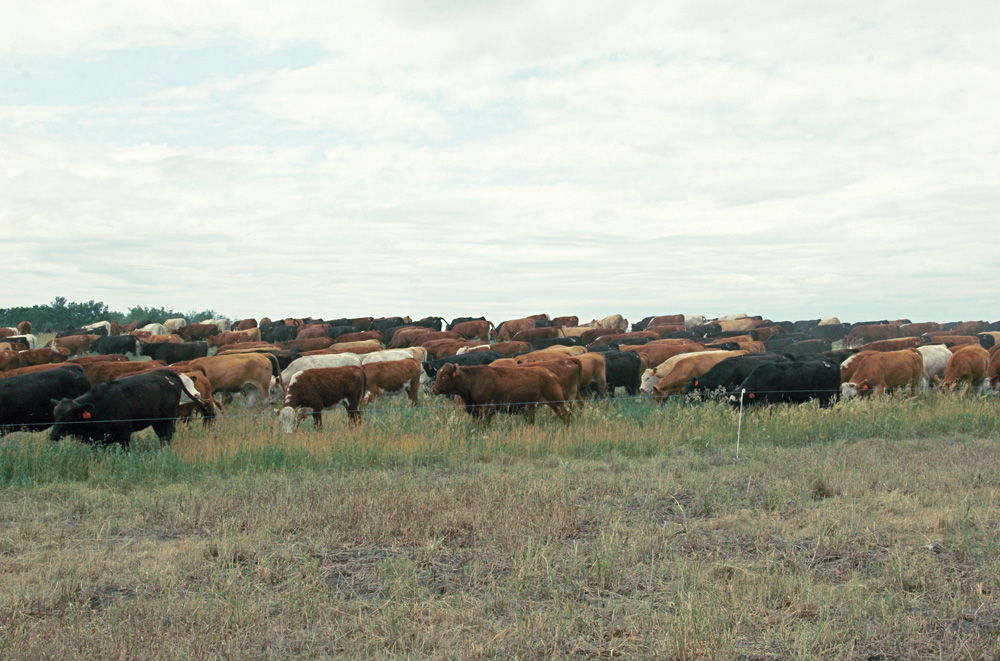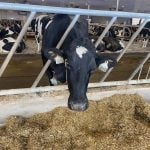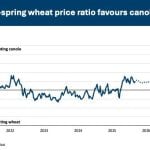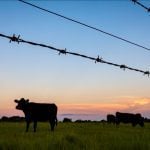In Dr. Mark Boyce’s many years in carbon research, five of them have been spent at the University of Alberta, looking at carbon sequestration in grasslands that have been grazed using adaptive multi-paddock (AMP) management.
Boyce is the chair of the Alberta Conservation Association in Fisheries and Wildlife. His lab, Boyce Lab, at the University of Alberta, conducted a five-year research study known as the Agricultural Greenhouse Gases Program. In this study, they evaluated the carbon sequestration of AMP grasslands, as well as their storage potential, when compared to other grazing systems. This study includes the research and findings of Dr. Timm Döbert regarding water infiltration.
Read Also
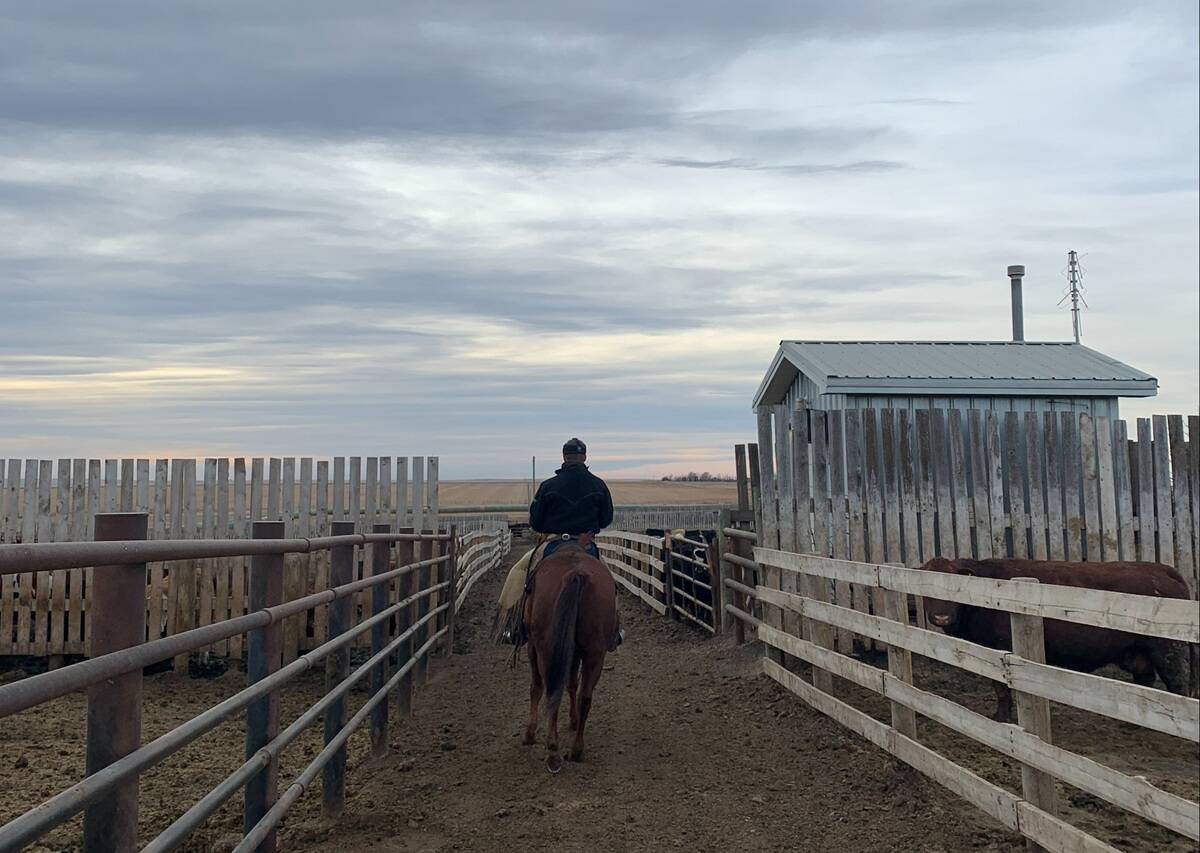
Pen riders still better than tech at detecting respiratory disease in feedlot cattle, says researcher
Recent research found that pen riders are better than tech at flagging signs of BRD in feedlot cattle
“Initially, I was skeptical of… this AMP thing, because it had gotten so much hype and there was not good science to go on with the evaluation of it,” Boyce says.
However, after five years of research, Boyce says there’s a reason AMP has the hype behind it.
“I would say this is a highly successful project for the standpoint of evaluating this AMP grazing,” he says.
“These guys who have been doing the AMP grazing are really believers in it and if they’ve been doing it, and they’re making money at it, and they really support it, there’s something going on. And now we’ve got the data to basically go with those questions that people have with scientific sample and design.”
Boyce says that grasslands sequester more carbon than any other ecosystem in the world.
“Grasslands have most of the biomass below ground, so you have the leaves that come out on the surface, they do all this carbon capture, and then they safely sink all that carbon in into the roots and rhizomes, as opposed to trees that have all their biomass above ground,” he explains.
Many forests are fire-maintained ecosystems, meaning they rely on periodic fires to clear out dead organic material and create ecological balance. However, fires release the carbon trees have stored over time.
“Every 130 years or so it all goes up in smoke,” Boyce says “Carbon in the soil is going to stay there for thousands of years.
“Grasslands, if they burn, typically what will happen is you’ll get a spring burn, like April May, when everything’s dry before the green up happens. And you’re just burning off the residual stems, there’s not much carbon there. Most of the carbon is safely in the soil.”
Retaining carbon, creates rich, black soil that is good for plants.
When it comes to AMP grazing, the practice of grazing a high density of cattle for a short time and then allowing the land to rest for a long time is what helps the soil sequester carbon.
“Rest is really effective at ensuring that plants are really able to sequester carbon,” Boyce says. “Now, some grazing is good… some level of grazing actually stimulates productivity, stimulates primary production, stimulates carbon sequestration and storage.”
Going forward, though, Boyce says more work needs to be done to maintain native grasslands, which are better at sequestering carbon because they have deeper taproots. When grasslands are tilled and seeded, the roots often don’t go deep enough to sequester carbon deep into the soil.
He also says that Canada needs a carbon registry.
“There are many reasons why it would make so much sense that we had a team of ecologists and atmospheric scientists putting together criteria for how one would deal with land use change, and reward landowners for doing it right, for managing their land appropriately.”
He says this would be beneficial for Canadian ranchers, as well, because currently, Canadian cattle producers can’t apply for carbon credits.
This article is part of a series. For more see:




